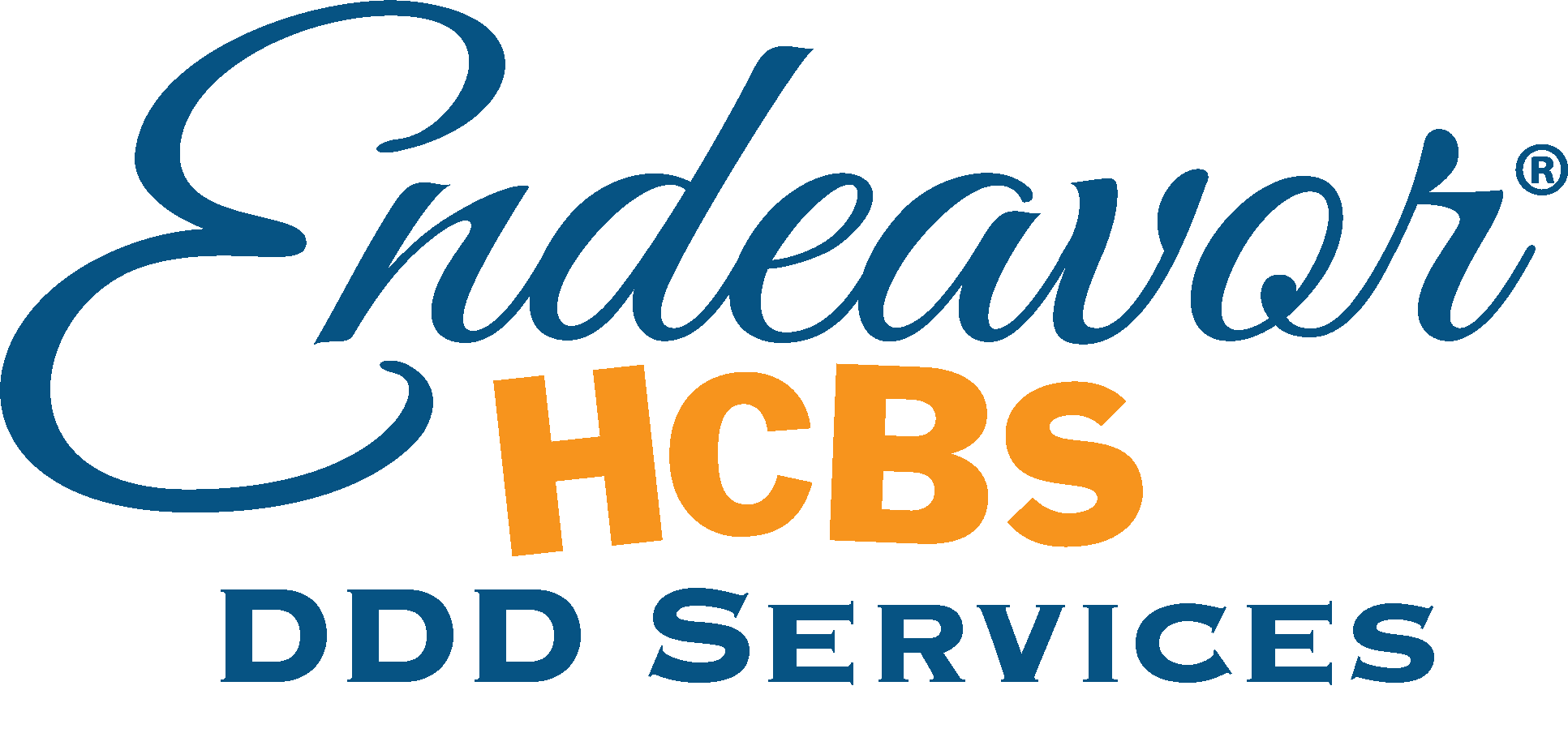[title size=”1″]The Dangers of Reverse Mortgages[/title]
Reverse mortgages have been the solution for many financial problems that seniors have faced. A reverse mortgage allows a homeowner, age 62 or older, to borrow money against the equity of their home. The recipient would then receive a lump sum or monthly payments to which they wouldn’t have to pay back until death or moving out, at which point the home would usually be sold to cover the loan. As great as it may sound, though, there are potential risks and dangers to look out for and it’s important to what they are.
[title size=”2″]Common Dangers To Look For In A Reverse Mortgage[/title]
The following are the main things to consider when applying for a reverse mortgage:
- Ensure that both spouses have their name on the mortgage deed.
- Avoid small and/or new lenders which don’t have track records.
- Understand it’s not “free money”, the loan must be paid back at death.
- Steer clear of the lump sum options which come with fixed interest rates.
Not to say that a reverse mortgage is a bad idea, as long as you protect yourself or your loved one and take the proper precautions.
Due to many of the larger banks like Bank of America and Wells Fargo moving away from the reverse mortgages, many smaller lenders have moved in to fill the void. This has led to many deceptive sales pitches and scams resulting in an increase of defaults, sometimes leaving the borrower homeless.
Click here to learn about other ways to help pay for senior care services.


